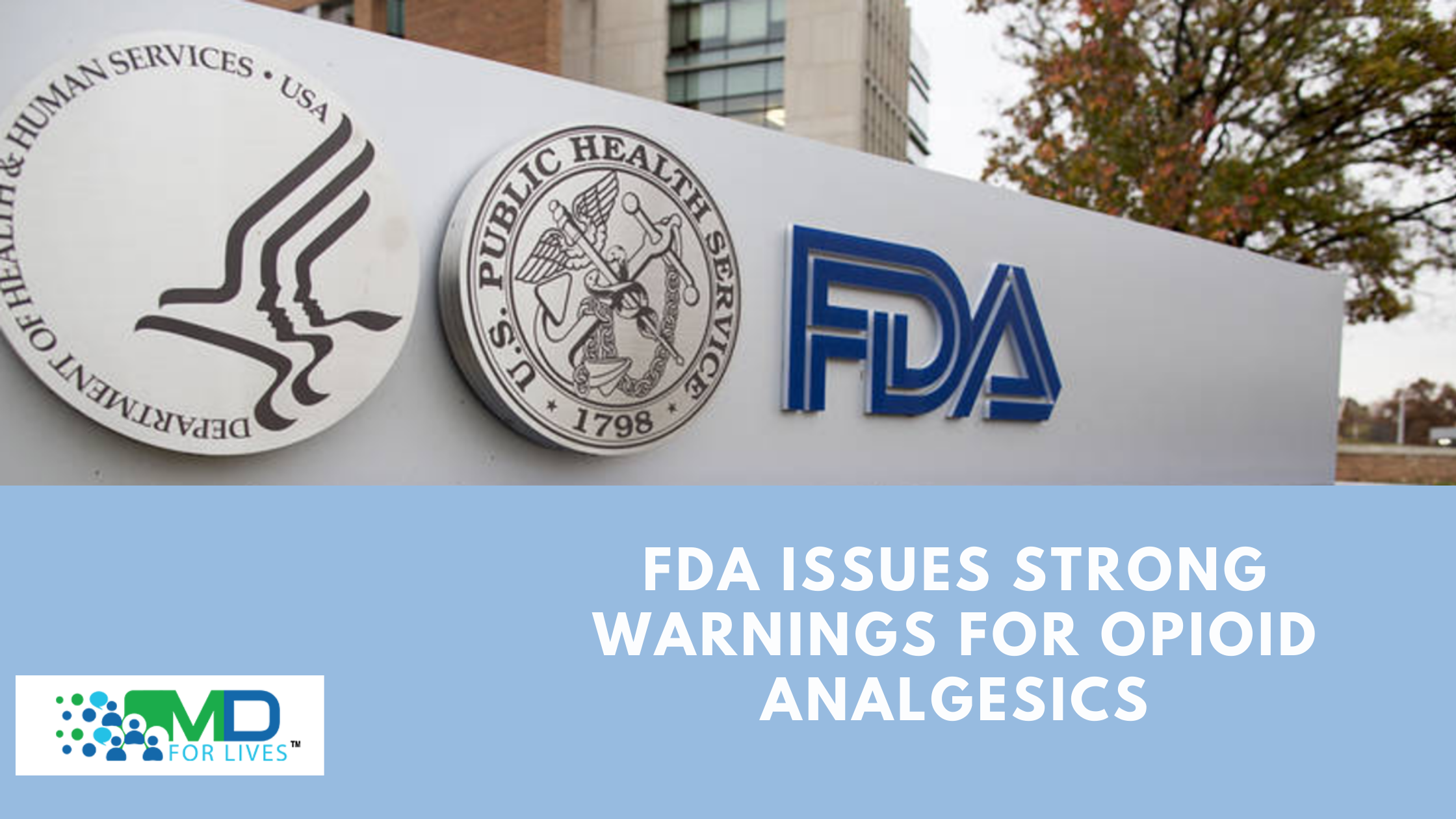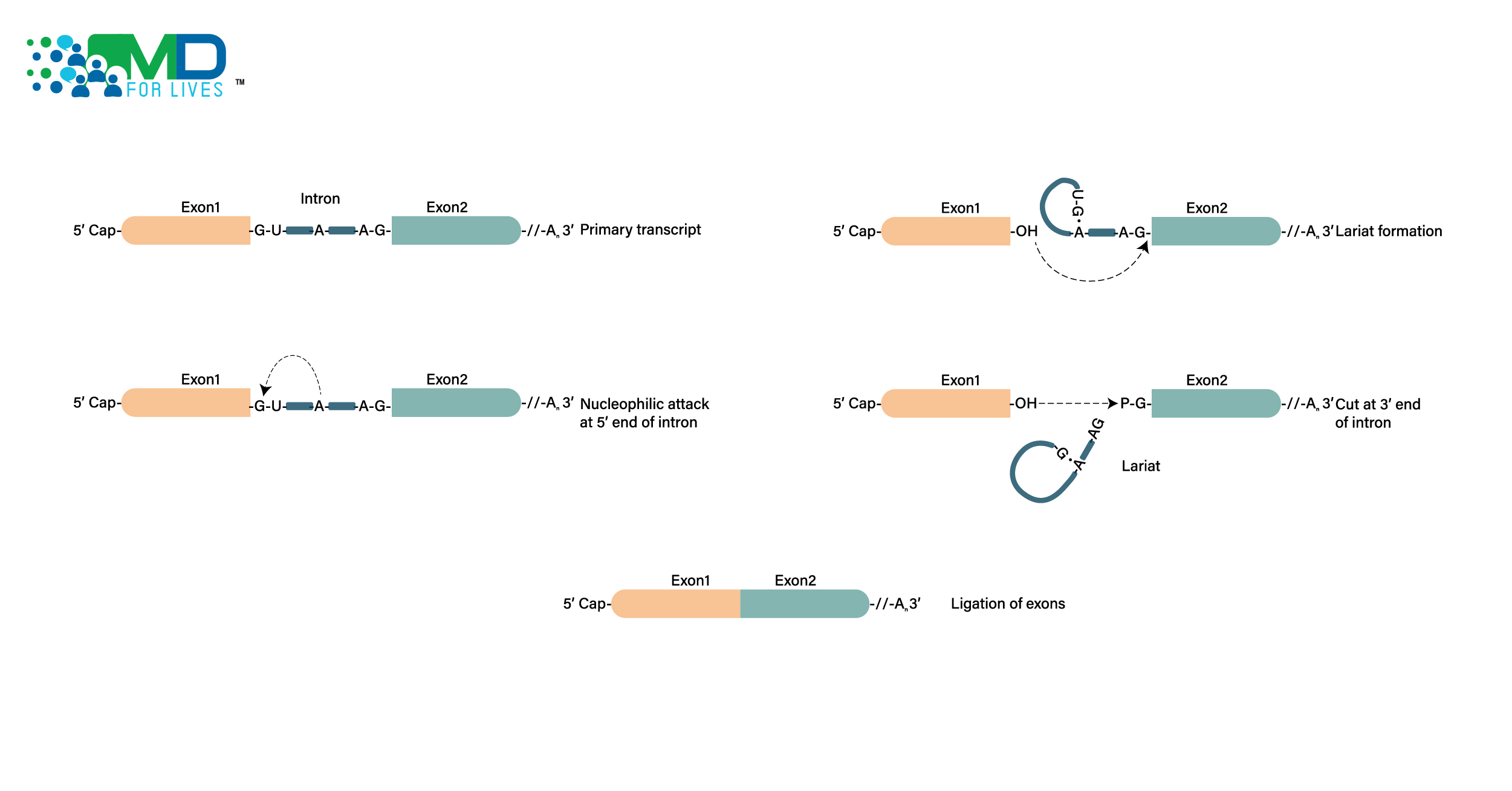Opioids like oxycodone, hydrocodone, morphine etc. are powerful pain-killers used primarily to manage chronic pain e.g. Opioid analgesics cough products are potent cough suppressants, whereas benzodiazepines are used for treating anxiety disorders, insomnia and seizures. Both act as CNS depressants and their concomitant use risks a person to extreme sleepiness, respiratory depression, coma, or even death. FDA’s step of issuing a strong warning against concomitant use comes as an effort in reduction of iatrogenic deaths or emergency admissions due to opioid and benzodiazepines concomitant use.
Problem Situation of Opioid Analgesics
A recent data review by FDA observed that physicians have been increasingly prescribing a combination of opioid and benzodiazepines, which has been associated with adverse outcomes. Another data review showed a 41% increase in the combined use of benzodiazepine and opioid analgesics, from 2002 to 2014, which estimates that over 2.5 million patients are receiving opioid analgesics and benzodiazepines simultaneously. Another review revealed that between 2004 and 2011, the rate of emergency unit visits involving the non-medical use of both these class of drugs has significantly increased.

Drug Interaction of Opioid Analgesics
Several studies have elucidated the mechanism underlying opioids and benzodiazepines co-abuse by examining how these two classes of drugs interact with one another. Studies revealed that opioids and benzodiazepines exert significantly modulatory effects on each other. One of the possible mechanisms that explain this is that benzodiazepines alter the pharmacokinetics of opioids. When benzodiazepines are administered approximately an hour prior to opioids, an increase in opioid concentration occurs in the brain and liver along with reduction in urinary and hepatic opioid metabolites. (5)
Complications of Benzodiazepines and Opioid Analgesics Co-use
Benzodiazepines and opioid analgesics co-use overdose can produce:
- Extreme drowsiness
- Respiratory depression
- Coma
- Death
FDA’s Warning (6, 4)
For DoctorsFDA has asked healthcare professionals the following:
|
For Pharmacies
|
Copyright © 2016 BorderlessAccess
Credit: Dr. Rachita on behalf of Borderless Access






